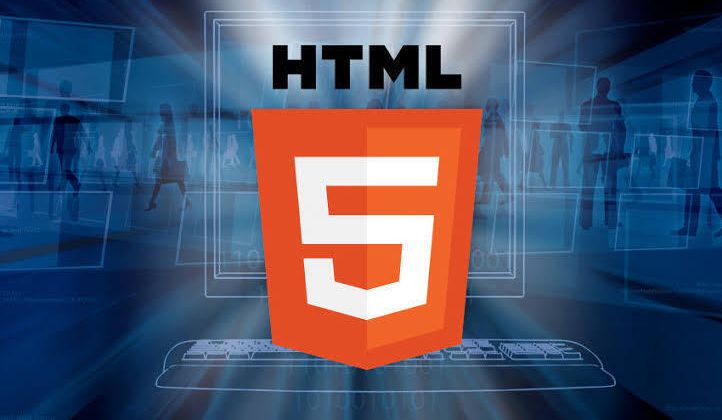When I first learned HTML, I thought meta tags were just random lines sitting inside the <head> tag.
But later, I realized these tiny lines are actually SEO gold they help search engines understand your webpage and decide how to show it in search results.
In this post, you’ll learn what meta tags are, why they matter, and the most important ones every web developer should know.
What Are Meta Tags?
Meta tags are pieces of information placed inside the
section of your HTML document.They don’t appear on your page, but they tell browsers and search engines key details about your site like its title, description, language, and how it should be displayed.
Here’s what a basic example looks like:
<head>
<title>Learn HTML in 7 Days</title>
<meta name="description" content="Master HTML quickly with easy-to-follow examples and hands-on exercises.">
<meta name="keywords" content="HTML, learn HTML, web development">
<meta name="author" content="LearnWithJossy">
</head>
Why Meta Tags Matter for SEO
Search engines like Google read your meta tags to decide:
What your page is about
Who wrote it
What to display on search results
How it should appear on social media
They help you:
- Improve click-through rate (CTR)
- Boost your ranking visibility
- Control how your site looks in search snippets
The Most Important Meta Tags
Let’s go over the ones you’ll use most often 👇
1. <title> — Page Title
This tag sets the title shown in the browser tab and search results.
<title>Learn HTML Basics for Beginners | LearnWithJossy</title>
- Keep it under 60 characters
- Include your main keyword naturally
2. <meta name="description">
This gives a short summary of the page’s content.
Search engines often display this under your page title in results.
<meta name="description" content="A complete beginner's guide to HTML — learn how websites are built from scratch in simple steps.">
- Aim for 150–160 characters
- Make it interesting and human-readable
3. <meta name="keywords">
This used to be a big deal in SEO, but Google doesn’t use it anymore for ranking.
Still, it can help other search engines understand your content.
<meta name="keywords" content="HTML tutorial, learn HTML fast, web design basics">
4. <meta name="author">
Specifies who wrote the page.
<meta name="author" content="Chukwunonso Jossy">
5. <meta name="viewport">
This one is crucial for responsive design.
It ensures your site looks good on all screen sizes.
<meta name="viewport" content="width=device-width, initial-scale=1.0">
Without it, your website might look zoomed-out or broken on phones.
6. <meta charset="UTF-8">
Tells the browser which character set to use.
It helps display text and symbols properly.
<meta charset="UTF-8">
7. Open Graph Tags (for social media)
These tags control how your page looks when shared on platforms like Facebook, LinkedIn, or WhatsApp.
<meta property="og:title" content="Learn HTML in 7 Days">
<meta property="og:description" content="Master HTML from scratch with this simple guide.">
<meta property="og:image" content="https://learnwithjossy.com/html-cover.jpg">
<meta property="og:url" content="https://learnwithjossy.com/learn-html">
8. Twitter Card Tags
For customizing link previews on Twitter (X):
<meta name="twitter:card" content="summary_large_image">
<meta name="twitter:title" content="Learn HTML in 7 Days">
<meta name="twitter:description" content="Become a web developer fast with this beginner-friendly HTML guide.">
<meta name="twitter:image" content="https://learnwithjossy.com/html-cover.jpg">
Where to Place Meta Tags
All meta tags go inside the <head> of your HTML document — before the <body> tag starts:
<html>
<head>
<!-- Meta tags go here -->
</head>
<body>
<!-- Page content -->
</body>
</html>
Final Thoughts
Meta tags may look small, but they’re a powerful part of on-page SEO.
By optimizing them properly, you help Google and your users understand your site better.
If you want to learn more about building clean, SEO-friendly HTML pages, grab my ebook 👉 Learn HTML in 7 Days
.
It breaks HTML down in simple steps with examples, exercises, and projects that make learning fun.
Start optimizing your site today — one meta tag at a time.





Top comments (2)
Emergency Locksmith services focus on swift solutions, much like how meta tags provide quick insights for search engines. Meta tags are snippets of HTML that define a page’s title, description, and keywords—vital for improving SEO. By crafting precise and relevant meta tags, you help search engines understand your content better. This leads to higher visibility, better click-through rates, and stronger website rankings, enhancing your overall digital presence effectively.
Great post on the importance of meta tags for SEO! These small but powerful elements can really boost visibility and help search engines understand your page.
For anyone interested in making their online platforms more engaging and fun, I've been working on a project called Sugar Sweeps Casino
, which focuses on sweepstakes-style casino games. It’s all about responsible, exciting entertainment with a secure and enjoyable user experience. Definitely worth checking out if you love gaming and SEO optimization!